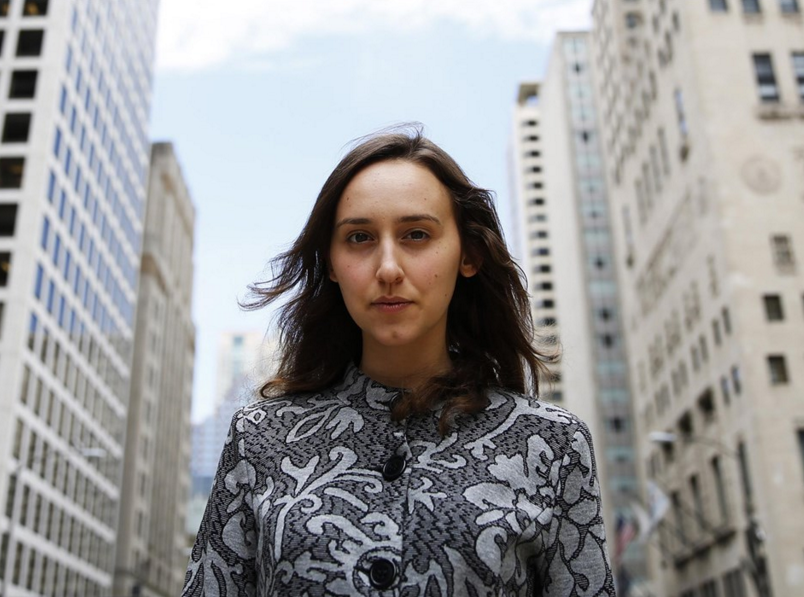
When Sabrina Pasterski was applying for undergraduate admissions, she was rejected by Harvard and waitlisted by MIT … until they saw a video of her building an airplane. Due to Sabrina’s persistence, this video was eventually seen by Professors Allen Haggerty and Earll Murman who strongly advocated for her. “Our mouths were hanging open after we looked at it,” Haggerty said. “Her potential is off the charts.” She was ultimately accepted by MIT, and later graduated with a perfect GPA of 5.0.
Sabrina is now earning her PhD at Harvard, earning major grants, and creating waves in the physics community. The recent profile titled “This Millennial Might be the Next Einstein” wonderfully summarizes her rocket-like launch into the world.
While Sabrina’s story may be an extreme example, it perfectly highlights the value of seeing STEM projects (aka Portfolios) within the admissions process. Seeing what a person actually makes provides unique insight into how they think, their level of curiosity, and the type of skills they possess. And yet, because the majority of STEM departments still place such a strong emphasis on test scores, they don’t provide applicants an avenue to show off what they’ve made in school nor extracurricular projects that would enrich an admissions office with a better understanding of their potential and personal qualities.
However, the new economy has created an unprecedented demand for people who can make things within STEM fields and incoming students who are more likely to enroll with schools that prioritize making. So, leading schools such as Stanford, MIT, and Yale have recently created an option to include STEM portfolios as part of the admissions process. Using portfolios to gather evidence of “technical creativity” is a trend that’s gaining steam.
If you’re interested in learning more about Maker Portfolios, we’ve also created a guide you can download and share: “Introduction to Accepting Maker Portfolios.”
If your school would like to learn how SlideRoom can be utilized to collect STEM portfolios within admissions, contact us today, or request a demo.
Through our exclusive partnership, Common App member schools pay no annual fee for our Standard Plan and can schedule a free consultation to learn more about accepting STEM portfolios.
Photo Credit: 22, Pasterski getting her Ph.D. at Harvard. By Michel Noble Jr. /Landov
